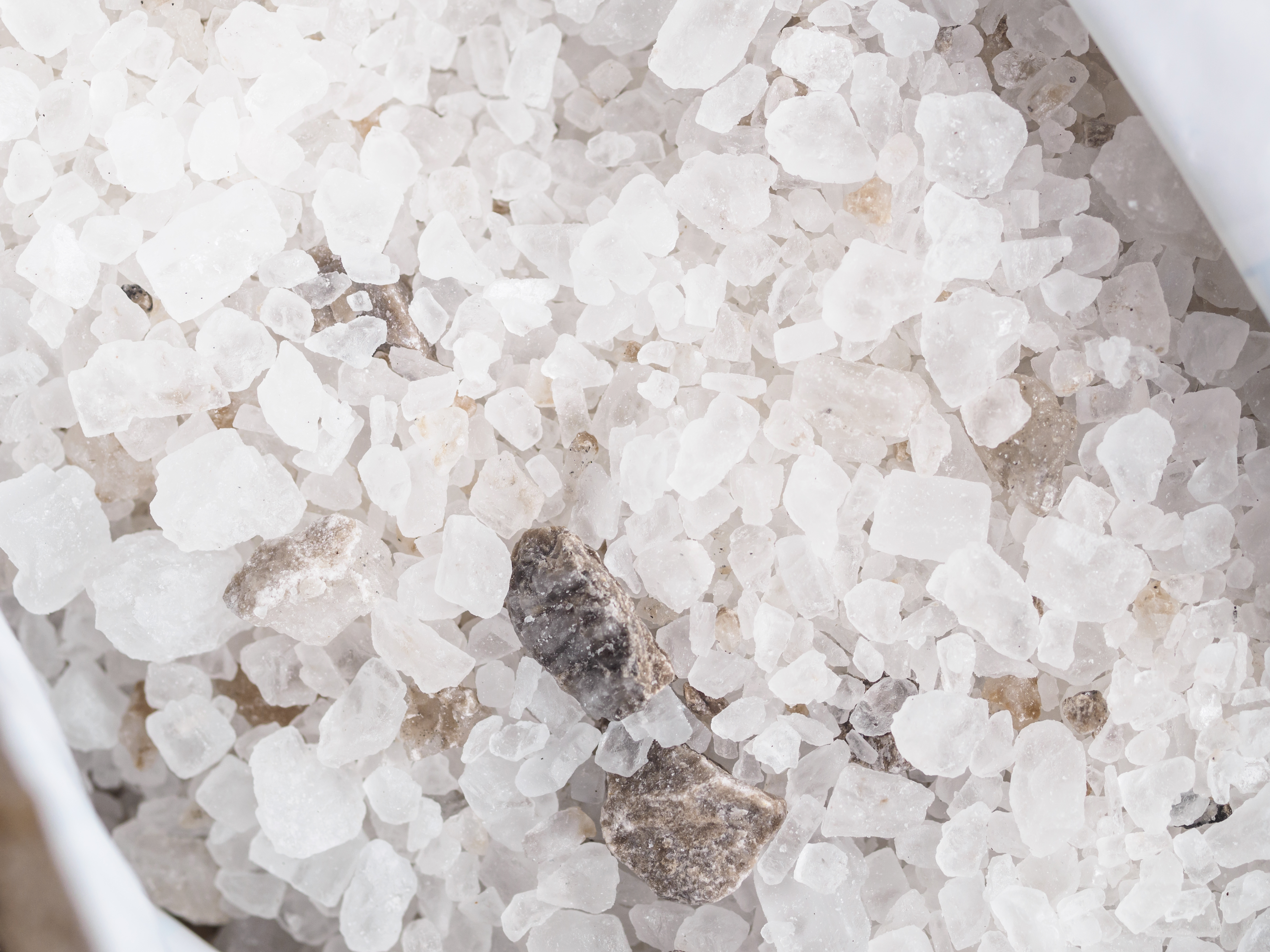Here’s How to Prepare for a Frost
As the end of the year quickly approaches, the temperature is beginning to dip lower. Winter can mean an unexpected threat to your landscaping. Overnight frost warnings can occur when overnight temperatures are hovering between 33 and 36 during clear weather. Since frost can cause significant damage to the plants and trees on your property, a potential frost warning isn’t something to ignore, and it’s a smart idea to take adequate precautions. However, few homeowners know the best way to safeguard against the dangers of frost damages. When the weatherman warns of frost, these four steps can help protect your landscaping.
Move your potted plants indoors.
Homeowners who have outdoor plants in containers or pots can move these plants indoors to avoid the frost. Try to do this during the early afternoon to give your plants as much sun as possible while getting them indoors before the weather starts to change. Once your plants are indoors, try not to expose them to too much of a difference in outdoor temperature to avoid shocking them. Many homeowners find a garage an ideal location as long as it provides adequate airflow. You can put your plants back outside once the temperatures rise.
Water your lawn and plants.
While this may seem counterproductive since water freezes in low temperatures, it is not as crazy as it sounds. The reason you should water your plants and lawn right before the sun goes down on a night you expect a frost is because the moisture will actually raise the air temperature slightly through evaporation. The reason for this is because humid air holds heat better than cooler air. In addition, the cell walls of a well-hydrated plant will swell forming a protective barrier against frost. While watering your plants may seem like an easy fix, it is critical to avoid too much water which may wind up causing even more severe freezing damage.
Cover your most vulnerable plants.
One of the most effective defenses against a frost is to cover or wrap your plants the bad weather arrives. You can cover smaller plants entirely using a specially designed cloche or even a spare pot from your garage. For larger bushes and shrubs which you can’t fully cover, you will need to wrap. Your best option is to use a frost cloth which you can find at your local garden center, but avoid using the cheaper plastic products which can smother your plants. Quality frost cloths are expensive, so you may prefer to use an old bed sheet or something similar. Remember to be careful when using a ladder to wrap larger bushes and to promptly remove coverings and wrappings as soon as the weather improves to avoid overheating.
Keep your driveway free of ice.
Don’t forget about your driveway. A sudden plunge in temperature can crack cement or loosen pavers, not to mention making getting out of your driveway for work the next day a slippery hassle. Prevent ice from forming on your driveway during a frost warning by applying Ice Melt the night before. Be careful to avoid getting any of the product on your lawn which can damage your grass. Sweep up any extra Ice Melt in the morning to as soon as it warms up safety reasons.
Are you worried about a sudden frost causing costly damage to your property but you don’t have time to take the necessary steps to protect your landscaping? Call the landscaping experts at Green Acres Landscape for help with all your frost damage prevention needs. Green Acres Landscape offers residents and business owners in the Salem, Oregon area end-to-end lawn care. Call 503-399-8066 for a free estimate.

